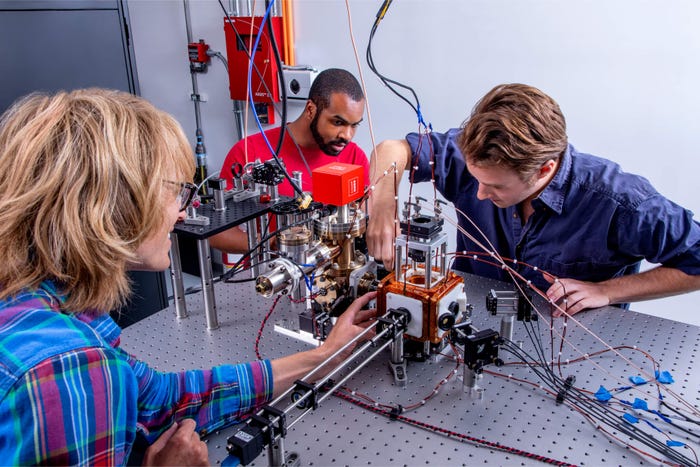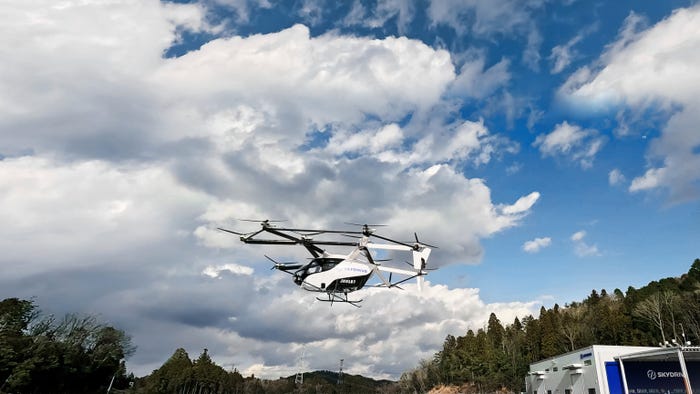Lotus’ Super SUV Targets Self-Driving Fast Laps at RacetrackLotus’ Super SUV Targets Self-Driving Fast Laps at Racetrack
The Eletre is equipped with a new autonomous driving platform ROBO Galax

It’s not uncommon for newly launched performance cars to make a statement about their capabilities by way of a record-breaking fast lap at Germany’s legendary Nürburgring racetrack.
But despite the impeccable high-speed credentials of its new electric super SUV, the Eletre, Lotus aims to do things differently. Because the British sports car firm, now owned by China’s Geely and Malaysia’s Etika, has a more ambitious target at the ’Ring – it believes the car can become the first to complete a lap around the circuit driving itself.
Lotus’ confidence is based on the fact that the Eletre is equipped with a new autonomous driving platform ROBO Galaxy. A highlight of this is that it comes as standard with deployable Lidar tech – hailed as a world first in a production car that supports end-to-end autonomous driving (AD) technology.
The Eletre’s lidar sensors are hidden most of the time, only emerging from the top of the windscreen and rear glass, and the front wheel arches, as required. The Lotus website reports they scan “200 meters around the car in every direction, generating a sophisticated 3D map of the surroundings to detect obstacles even in low light or inclement weather.”
These are complemented by cameras that offer a 360-degree view around the car to aid in parking and provide driver assistance.
The driving data this generates is processed by two Nvidia Drive Orin systems-on-a-chip, for a total of 508 trillion operations per second of performance. And this level of artificial intelligence compute means the Eletre can run the deep neural networks and applications necessary for automated functionality.
According to Lotus: “Integrated over-the-air software update capability ensures the system will be fully ready when individual market regulations allow for the more advanced levels of autonomous driving.”
And there’s the rub: for the time being, the lack of regulatory approval on public roads means that the Eletre may have to demonstrate its self-driving prowess at private facilities, such as the Nürburgring.
So that is exactly what Lotus plans for it to do. In the press release that accompanied the car’s launch, the company claimed it is “working on advanced technology which will ultimately allow customers to drive the Nürburgring circuit autonomously,” meaning they “can experience the thrilling driving performance and dynamic capability of a Lotus from the driving seat supported by AD technology.”
As Maximilian Szwaj, Vice-President of Lotus Technology and Managing Director, Lotus Tech Innovation Centre said: “The Nürburgring circuit is very challenging, and we are proving with our tests there and our simulations that we will achieve the performance targets we have set for the Eletre.”
With the hottest version of the new SUV – the Eletre R, which rivals the Tesla Model X Plaid – delivering up to 905 horsepower and dispatching 0-62 mph in just 2.95 seconds, customers brave enough to try it out for themselves really would be in for the ride of their lives.
About the Author
You May Also Like








